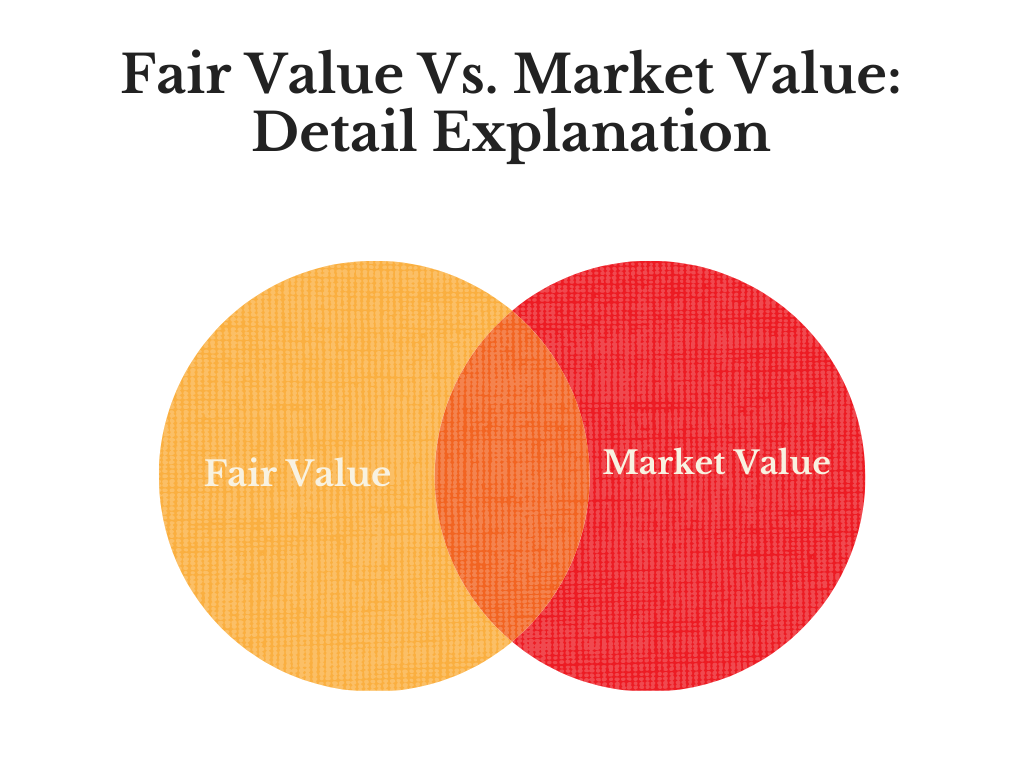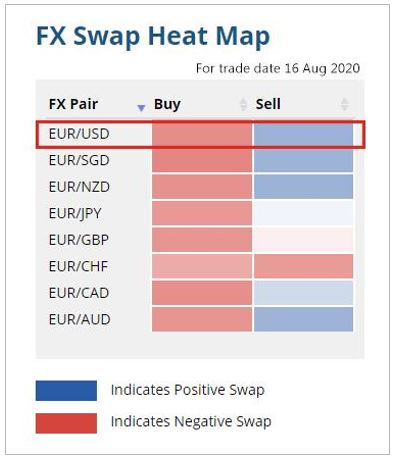
This article will explain what dividend stocks are. Dividend yield is a measurement of the amount of money you earn from a stock. Dividend stocks have a high yield when their dividend yield is higher than the benchmark, for example, a ten-year US Treasury note. This classification is based on analyst criteria. This is an excellent way to determine if a stock will suit your needs. Before you invest, however, you should understand the risks associated with dividend stocks.
Dividend yield
Although it is an effective strategy for determining the value of a stock, using the dividend yield from dividend stocks to do so can be misleading. Stocks with high dividend yields might be less attractive because they may conceal deeper problems. In addition, the dividend yield does not tell you the kind of dividend the company pays. This can impact your tax situation and may indicate a slower-growing company. Therefore, it is important to consider other factors when choosing a stock.

Different types of dividend stocks
Consider investing in dividend stocks only if you have access to stable income streams. These are companies with unique products and services that provide a consistent income stream. These dividend growth stocks will have high yielding dividends. Income stocks with low payout ratios may not be a good investment. A dividend-paying company should have a history of raising its dividend, which is good news in bad economic times. Also, dividend stocks are typically less volatile than other types of businesses.
They provide income
Investments in dividend stocks are a great way of supplementing your retirement fund. While you don't need to make a large initial investment, dividends can provide a steady stream of income over time. Dividend stocks are different from bonds in that they will continue to pay you dividends, even if the stock price drops. As long as you can keep your investment, you can continue receiving dividend payments. The more dividend stocks you have, the better.
These risks can be dangerous
Dividend stocks have high potential, but they come with a lot of risks. While some companies can afford to pay out large dividends, others cannot. In such cases, it is essential to understand the cash flow of the company. When interest rates rise, dividend payments become less attractive. Selling shares can protect you against the possibility of a company failing if dividends cannot be avoided. Listed below are some of the risks associated with dividend stocks.

Reinvestment of dividends
Reinvesting the dividends from dividend stocks has several benefits. It can help investors maximize their time on the market, protect them from biases, as well as prevent them from becoming too cute when it comes to managing their portfolio. Since 1950, there have been 26 corrections and ten bear markets for the S&P 500. Although the average decline was 21% in 1950, five corrections led to losses up to 60%. Automatic dividend reinvestment can help you reap all these benefits and more.
FAQ
Is stock a security that can be traded?
Stock is an investment vehicle which allows you to purchase company shares to make your money. This is done through a brokerage that sells stocks and bonds.
You could also choose to invest in individual stocks or mutual funds. In fact, there are more than 50,000 mutual fund options out there.
The key difference between these methods is how you make money. Direct investments are income earned from dividends paid to the company. Stock trading involves actually trading stocks and bonds in order for profits.
Both of these cases are a purchase of ownership in a business. But, you can become a shareholder by purchasing a portion of a company. This allows you to receive dividends according to how much the company makes.
Stock trading offers two options: you can short-sell (borrow) shares of stock to try and get a lower price or you can stay long-term with the shares in hopes that the value will increase.
There are three types to stock trades: calls, puts, and exchange traded funds. You can buy or sell stock at a specific price and within a certain time frame with call and put options. Exchange-traded funds are similar to mutual funds except that instead of owning individual securities, ETFs track a basket of stocks.
Stock trading is very popular because investors can participate in the growth of a business without having to manage daily operations.
Stock trading is not easy. It requires careful planning and research. But it can yield great returns. It is important to have a solid understanding of economics, finance, and accounting before you can pursue this career.
What is the role of the Securities and Exchange Commission?
SEC regulates brokerage-dealers, securities exchanges, investment firms, and any other entities involved with the distribution of securities. It enforces federal securities laws.
How can people lose money in the stock market?
The stock market is not a place where you make money by buying low and selling high. It's a place where you lose money by buying high and selling low.
The stock market offers a safe place for those willing to take on risk. They would like to purchase stocks at low prices, and then sell them at higher prices.
They hope to gain from the ups and downs of the market. But they need to be careful or they may lose all their investment.
Statistics
- For instance, an individual or entity that owns 100,000 shares of a company with one million outstanding shares would have a 10% ownership stake. (investopedia.com)
- The S&P 500 has grown about 10.5% per year since its establishment in the 1920s. (investopedia.com)
- Our focus on Main Street investors reflects the fact that American households own $38 trillion worth of equities, more than 59 percent of the U.S. equity market either directly or indirectly through mutual funds, retirement accounts, and other investments. (sec.gov)
- Ratchet down that 10% if you don't yet have a healthy emergency fund and 10% to 15% of your income funneled into a retirement savings account. (nerdwallet.com)
External Links
How To
How to make a trading plan
A trading plan helps you manage your money effectively. It helps you identify your financial goals and how much you have.
Before setting up a trading plan, you should consider what you want to achieve. You might want to save money, earn income, or spend less. If you're saving money, you might decide to invest in shares or bonds. If you're earning interest, you could put some into a savings account or buy a house. Perhaps you would like to travel or buy something nicer if you have less money.
Once you have an idea of your goals for your money, you can calculate how much money you will need to get there. This depends on where you live and whether you have any debts or loans. It's also important to think about how much you make every week or month. Income is the sum of all your earnings after taxes.
Next, save enough money for your expenses. These include bills, rent, food, travel costs, and anything else you need to pay. These all add up to your monthly expense.
Finally, you'll need to figure out how much you have left over at the end of the month. This is your net available income.
Now you've got everything you need to work out how to use your money most efficiently.
Download one from the internet and you can get started with a simple trading plan. Ask someone with experience in investing for help.
Here's an example spreadsheet that you can open with Microsoft Excel.
This shows all your income and spending so far. You will notice that this includes your current balance in the bank and your investment portfolio.
And here's another example. This was created by an accountant.
It will let you know how to calculate how much risk to take.
Remember, you can't predict the future. Instead, think about how you can make your money work for you today.